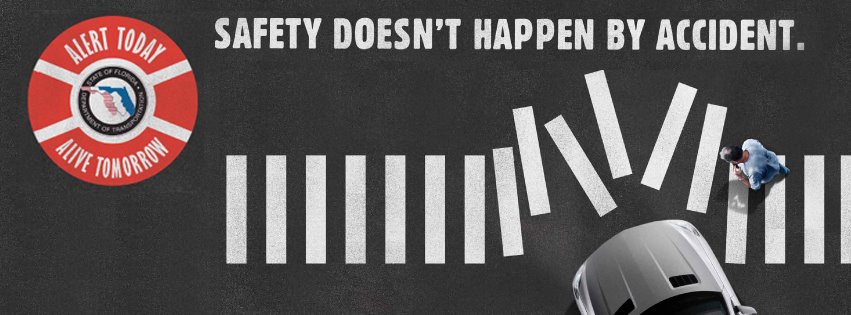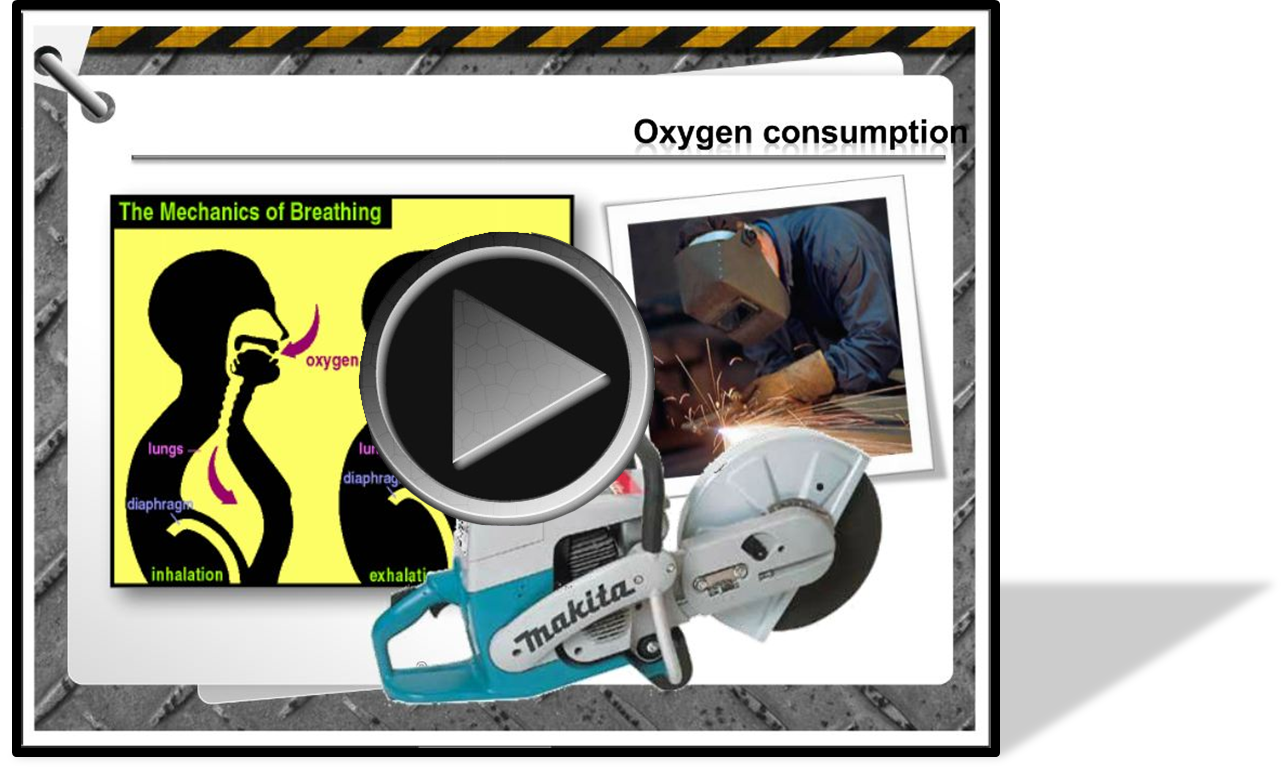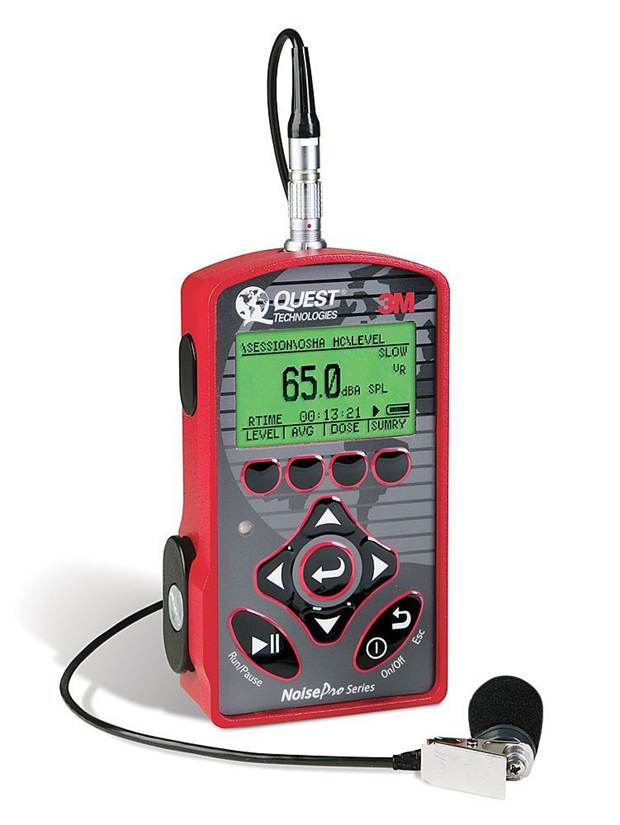In construction there are many contractors who then subcontract the work to other parties, who further subcontract the work… and so forth. Although your customers expect the job to be completed safely, the focus is typically lost within the tiers of contractors. In other words your safety program doesn’t help the people who are actually doing the work for your company.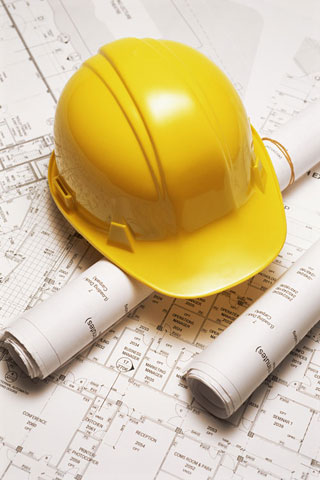
Why do you conduct periodic quality inspections, post-job inspections, product standards training for your installers, etc.? The answer is to manage your quality. You manage your quality because you know that if your subcontractor’s quality is not adequate your company’s reputation is on the line.
What you might not understand is that if you hire a subcontractor and they create unsafe conditions, your company’s reputation, plus a whole lot of liability is also on the line.
So here are a few of misconceptions that are important for you to know:
- I am not responsible because they are not my employee.
If you hire them as a sub-contractor you are always responsible no matter how many tiers! “In no case shall the prime contractor be relieved of overall responsibility for compliance with the requirements of this part for all work to be performed under the contract…the prime contractor assumes all obligations prescribed as employer obligations under the standards contained in this part, whether or not he subcontracts any part of the work. Ref. OSHA regulation 1926.16
FYI: OSHA and other regulators can and will fine you, the injury could be placed on your workers compensation plan if the subcontractor is uninsured, you can be sued if your subcontractor has an incident, or if you contractor creates a situation that results in an incident involving another company, or a member of the public.
- I am protected because my sub-contractor agreement says they must follow OSHA regulations.
With respect to subcontracted work, the prime contractor and any subcontractor or subcontractors shall be deemed to have joint responsibility. Ref. 1926.16(c)
Where joint responsibility exists, both the prime contractor and his subcontractor or subcontractors, regardless of tier, shall be considered subject to the enforcement provisions of the Act. Ref. 1926.16(d)
- I cannot communicate with my sub-contractors because they don’t speak English.
Some contractors have attempted to justify this by stating employee turnover, inexperienced workers, and language barriers make it nearly impossible to manage safety. These contractors however have failed to realize that if it is possible to train inexperienced non-English speaking workers to build walls, shingle roofs, or any other task for that matter, then it is possible to have them do those tasks safely.
The fact that these companies can produce a high quality job in an efficient manner proves that if held accountable, an inexperienced and non-English speaking workforce will perform a quality job safely and efficiently.
So what do you have to do to better manage your sub-contractors?
Here are some ideas to further manage you contractors:
Evaluation (Pre-hire Qualification). You could complete a pre-qualification safety evaluation of the company. This could include having them submit a copy of their written programs, inspection results, training records, etc.
Pre-qualification based on a numerical experience system. You can have them provide you with their incidence rates (based on their OSHA recordable cases) so that you could compare them against their industry average found on the Bureau of Labor Statistics webpage. This can tell you if they are having more incidents then should be expected for their type of work.
You can look at their workers compensation “Experience Modifier Rate”. This modifier can tell you how many workers compensation claims they have in relation to others in their line of work. A modifier of 1.0 means that they are average in their industry. A modifier less than 1.0 means that they are better then average in their industry. A modifier greater than 1.0 means that they are worse than average.
Evaluation of Contractor Safety (After Hired)
Conduct pre-job briefing prior to site entry and at other times, as necessary, to ensure that employees are aware of site hazards.
You can have them provide you with ongoing documentation to prove their program is operation including: Recordable cases (Lost time, Restricted cases, etc), OSHA citations, Inspection results, incident reports, safety meeting summaries, responses to Corrective Action Reports, etc...
This will help you answer these crucial questions:
- Is senior management committed to safety?
- Is safety an integral part of project management?
- Are safety and training improvement programs in place.
Conduct periodic safety inspections to show your commitment, and to hold your contractors accountable.
Training
Contractors have the responsibility to ensure that all employees and sub-contractors are properly trained. To do this you can:
Provide a safety orientation for new contractors so they can pass the information to their employees. This should include a review of:
- Physical and chemicals hazards on site such as fire, explosion, falls, health (i.e. Silica), etc.
- General safety rules and regulations.
- Emergency reporting and response procedures.
- Other day-to-day issues.
- Involve your contractors in your weekly, monthly quarterly or periodic training sessions.
Continual Improvement
Guidelines must be created for contractors.
This could include company policies and standards, contractor safety rules and procedures. Then each contractor must be trained on it and they must pass the information down to their employees. (Hint: You may want documentation from them proving that they have actually provided the training to their employees).
You must learn from any mistakes or near misses. As such sub-contractors must report incidents and near misses so you can investigate them.
Most importantly like anything else safety must be measured and monitored. If you don’t do this you have lost accountability!
Continue Reading
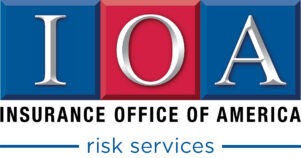

 According to a recent AOPL survey, "spills from crude oil pipelines are down 70% over the last 10 years and spill volumes are down 40%. After an industry integrity management initiative, incidents caused by corrosion are down 73%, equipment failures down 50%, operational errors are down 40% and material and weld failures are down 30%."
According to a recent AOPL survey, "spills from crude oil pipelines are down 70% over the last 10 years and spill volumes are down 40%. After an industry integrity management initiative, incidents caused by corrosion are down 73%, equipment failures down 50%, operational errors are down 40% and material and weld failures are down 30%."